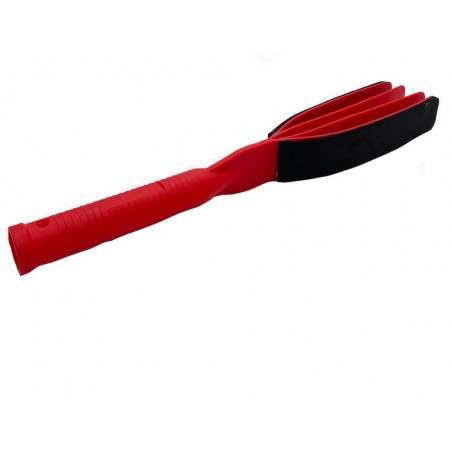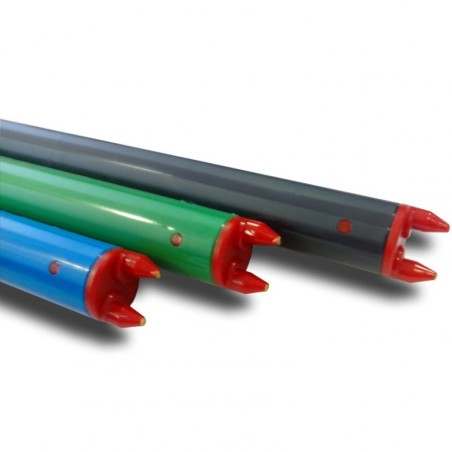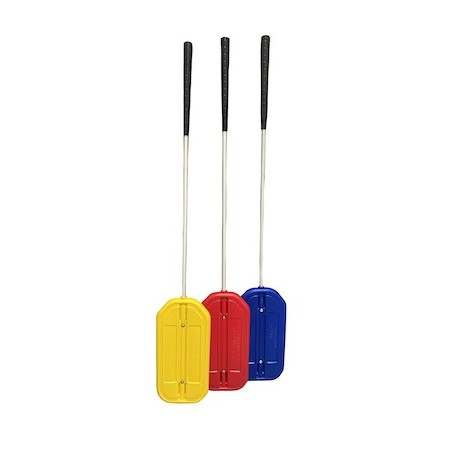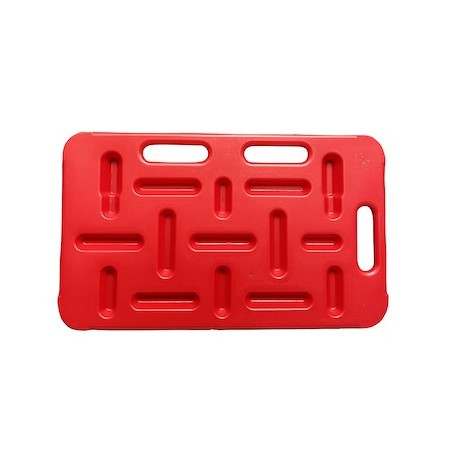The objective of this study was to determine the effects of exposure to a ramp during the nursery period on growth, efficiency, and behavior in the nursery and during loading of market hogs. Seventy-two crossbred hogs were enrolled at weaning and randomly assigned to 2 treatment groups: FLAT (housed in a conventional nursery pen) or RAMP (housed in a nursery pen with feed provided on a platform at the top of a ramp). Behaviors recorded in the nursery included feed and water consumption and interactions among pigs. Body weight and feed intake were also recorded. Pigs were randomly assigned to finish pens. At the time of transport to market, behavior and time spent on the truck loading ramp were recorded.
In the nursery, RAMP pigs consumed less feed than FLAT pigs, but ADG during the same period was not different. The RAMP pigs had fewer eating and drinking episodes and decreased aggressive interactions in the nursery compared with FLAT pigs. At marketing, the RAMP hogs required less time to ascend the ramp into the truck than FLAT hogs (30.52 ± 10.81 s vs. 58.87 ± 10.37 s, respectively). No detrimental effects of ramped nursery housing were observed.

Adding ramps to nursery pig housing is a simple way to speed loading of market hogs, while providing benefits to efficiency and behavior in the nursery.
Novak BL, Young JM, Newman DJ, Johnson AK, Wagner SA. A ramp in nursery housing affects nursery pig behavior and speeds loading of market hogs. Applied Animal Science. 2020; 36(4): 574-581. https://doi.org/10.15232/aas.2019-01974










